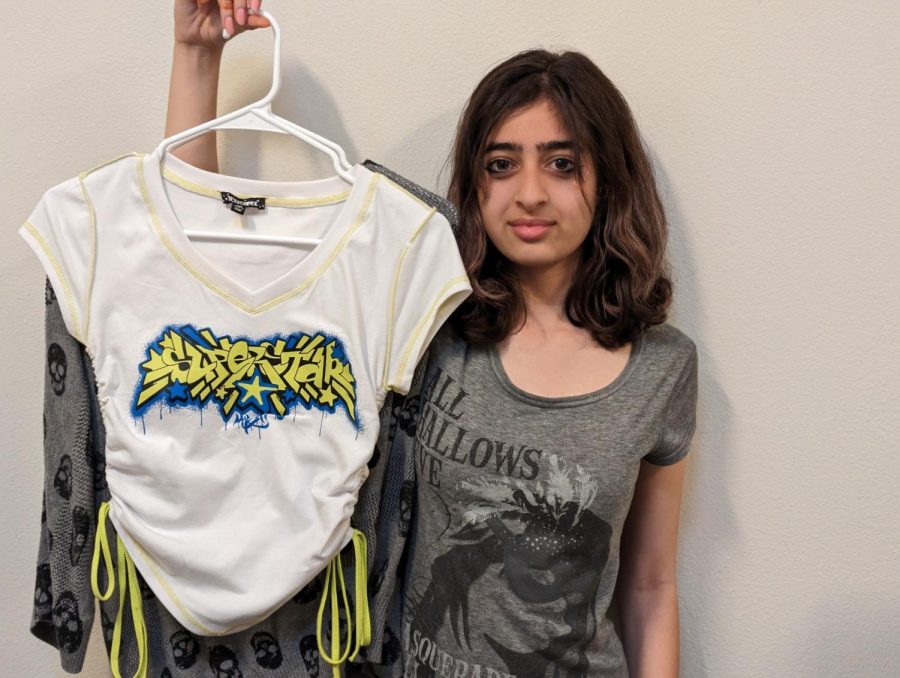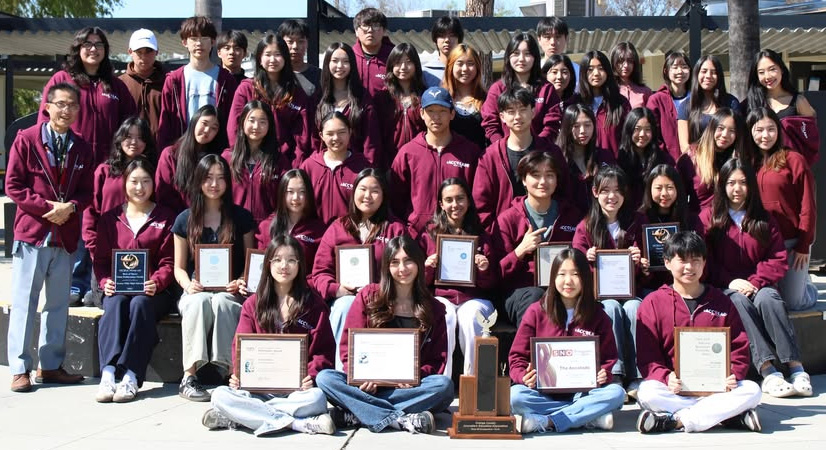Upon receiving an online order for a pair of cargo jeans from Urban Outfitters three years ago, I opened the cardboard box to a bundle of plastic wrap and paper price tags pinned to the pants.
The trash bin beside me had filled up with non-recyclable waste from just a single package, adding to the heaps of litter already overflowing the planet.
From Urban Outfitters and PacSun to SHEIN and Forever 21, fast-fashion brands have overtaken the industry, especially for our generation. As we see the quality of our planet deteriorate, we must do all we can to prevent such exponential destruction: for us, it starts with the wardrobe.
Shopping for clothes from local vintage and thrift stores provides consumers with a frugal, eco-friendly alternative to buying clothes from retail.
Although thrifting has garnered more public attention between 2016 and 2020 among Generation Z, many buyers refuse to take advantage of the alternative.
Thrifting gives old, unwanted clothes the opportunity to be relocated into the hands of people more than willing to take them. This prevents clothes from being thrown away and released into the mountains of trash which already pollute the planet, ultimately lowering the amount of valuable space landfills consume.
The production of new clothes greatly impacts Earth’s natural environment. According to a December 2022 hempfoundation.net report, the fashion and textile industry consumes around 79 billion cubic meters of water annually. A July 2018 United Nations Economic Commission for Europe report states that the fashion industry causes 2-8% of greenhouse gas emissions.
Though the public stigmatizes secondhand clothing as low-quality and unhygienic to wear, we must note that visual checks can be made before any purchase. Not all secondhand clothing will be drowned in stains and dirt — the assumption is false and generalized.
It isn’t uncommon to find name-brand items, like Forever 21 and H&M, being resold for lower prices while thrifting. It also isn’t unusual to find items worth hundreds of dollars sold for less than $20.
Accessibility isn’t an issue, either. Fullerton consists of over 10 thrift stores; the nearest one to Sunny Hills is called Red Hanger Thrift on Commonwealth Avenue, which is less than three miles away from our campus.
Thrifting also isn’t limited to in-person shopping. Like buying clothes directly from retail, many places online sell secondhand clothes. For example, many people may vend their clothes on popular social media sites such as Instagram and Facebook. Depop and thredUP also contribute to the many sites dedicated to online thrifting.
From shopping at places like Buffalo Exchange, I realized the advantages thrifting holds over buying clothes directly from name-brand stores. Since I’ve first started my thrifting journey in 2020, I estimate that I’ve saved hundreds of dollars and have since continued to keep my clothing expenses low.
So the next time you’re about to splurge at the mall, consider buying secondhand. The benefits it provides to the environment outweigh the benefits that retail shopping has to offer.














